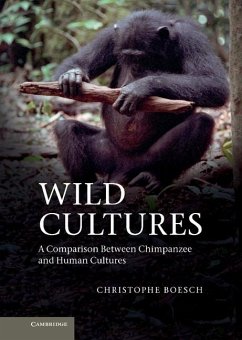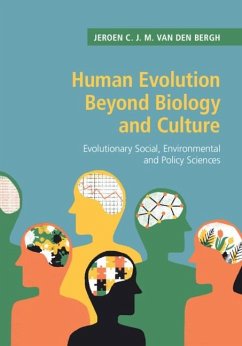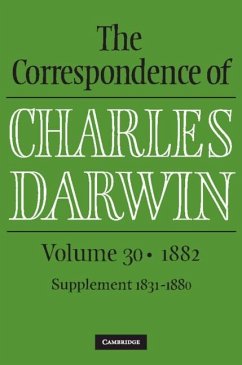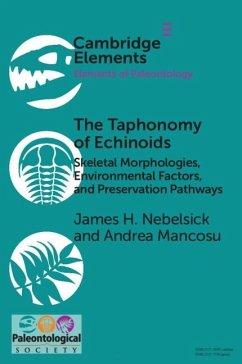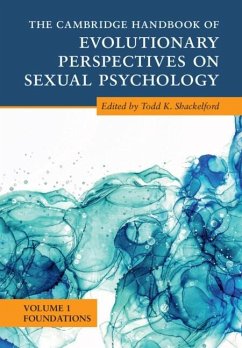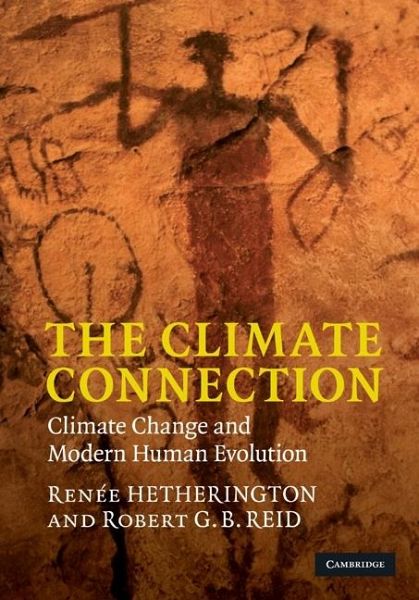
Climate Connection (eBook, ePUB)
Climate Change and Modern Human Evolution
Versandkostenfrei!
Sofort per Download lieferbar
33,95 €
inkl. MwSt.
Weitere Ausgaben:

PAYBACK Punkte
17 °P sammeln!
Highlights the influence of saltatory evolution and rapid climate change on human evolution, migration and behavioural change. Growing concern over the potential impacts of climate change on our future is clearly evident. In order to better understand our present circumstances and deal effectively with future climate change, society needs to become more informed about the historical connection between climate and humans. The authors' combined research in the fields of climate change, evolutionary biology, Earth sciences and human migration and behaviour complement each other, and have facilita...
Highlights the influence of saltatory evolution and rapid climate change on human evolution, migration and behavioural change. Growing concern over the potential impacts of climate change on our future is clearly evident. In order to better understand our present circumstances and deal effectively with future climate change, society needs to become more informed about the historical connection between climate and humans. The authors' combined research in the fields of climate change, evolutionary biology, Earth sciences and human migration and behaviour complement each other, and have facilitated an innovative and integrated approach to the human evolution-climate connection. The Climate Connection provides an in-depth text linking 135,000 years of climate change with human evolution and implications for our future, for those working and interested in the field and those embarking on upper-level courses on this topic.
Dieser Download kann aus rechtlichen Gründen nur mit Rechnungsadresse in A, B, BG, CY, CZ, D, DK, EW, E, FIN, F, GR, HR, H, IRL, I, LT, L, LR, M, NL, PL, P, R, S, SLO, SK ausgeliefert werden.





